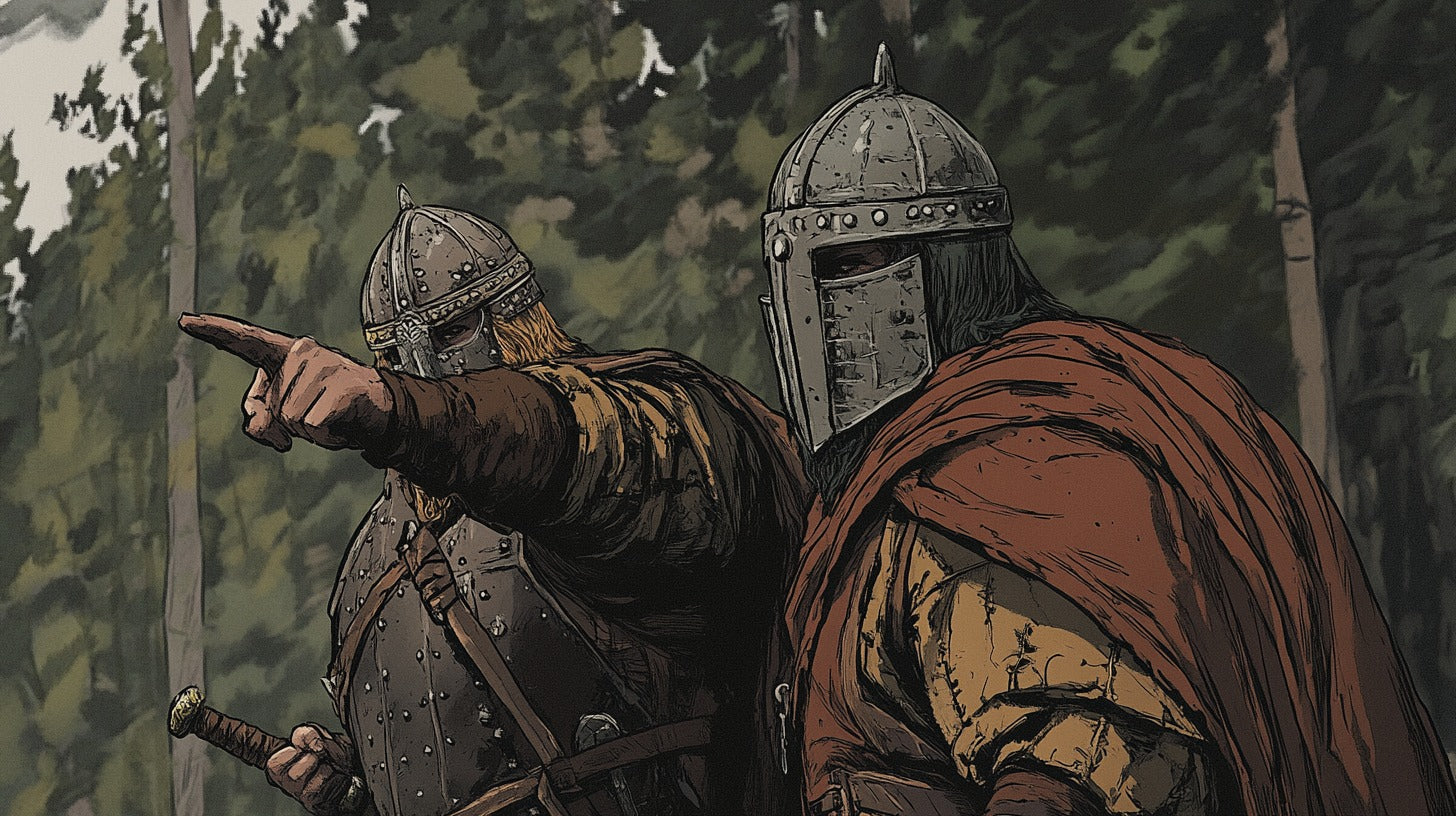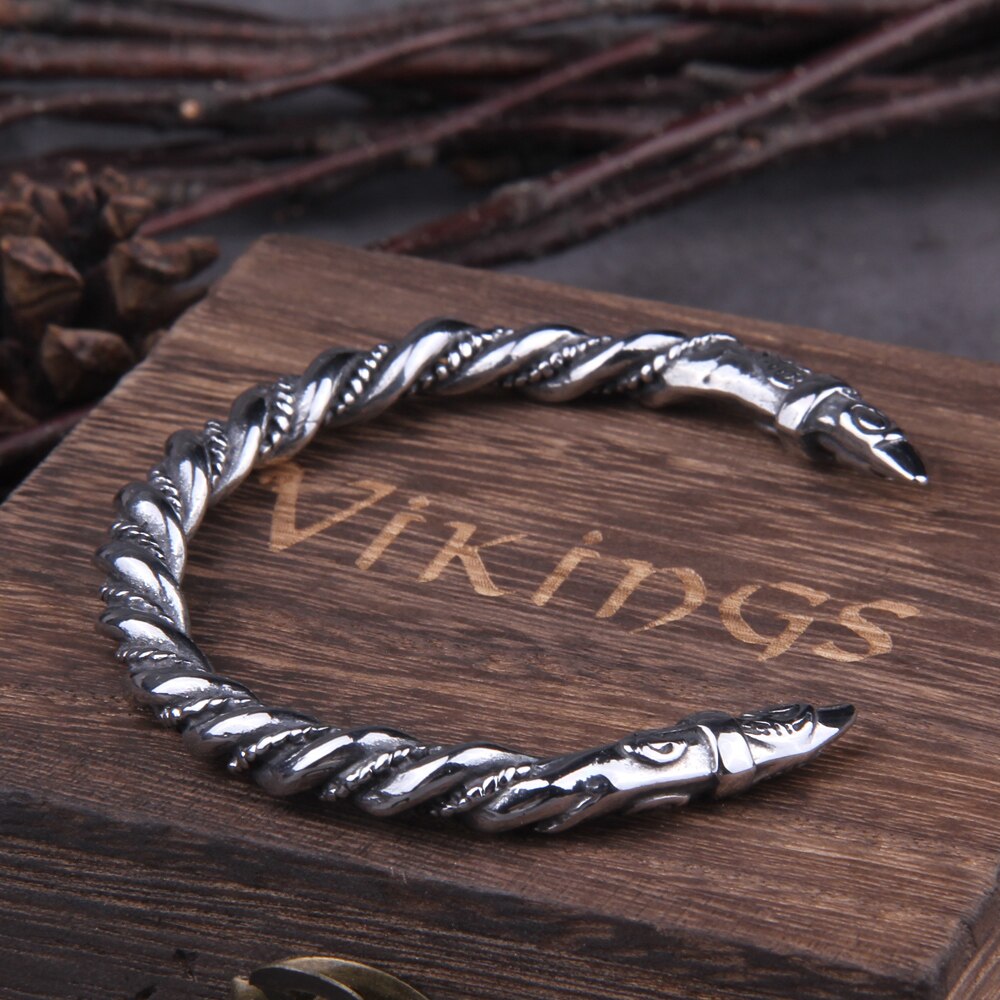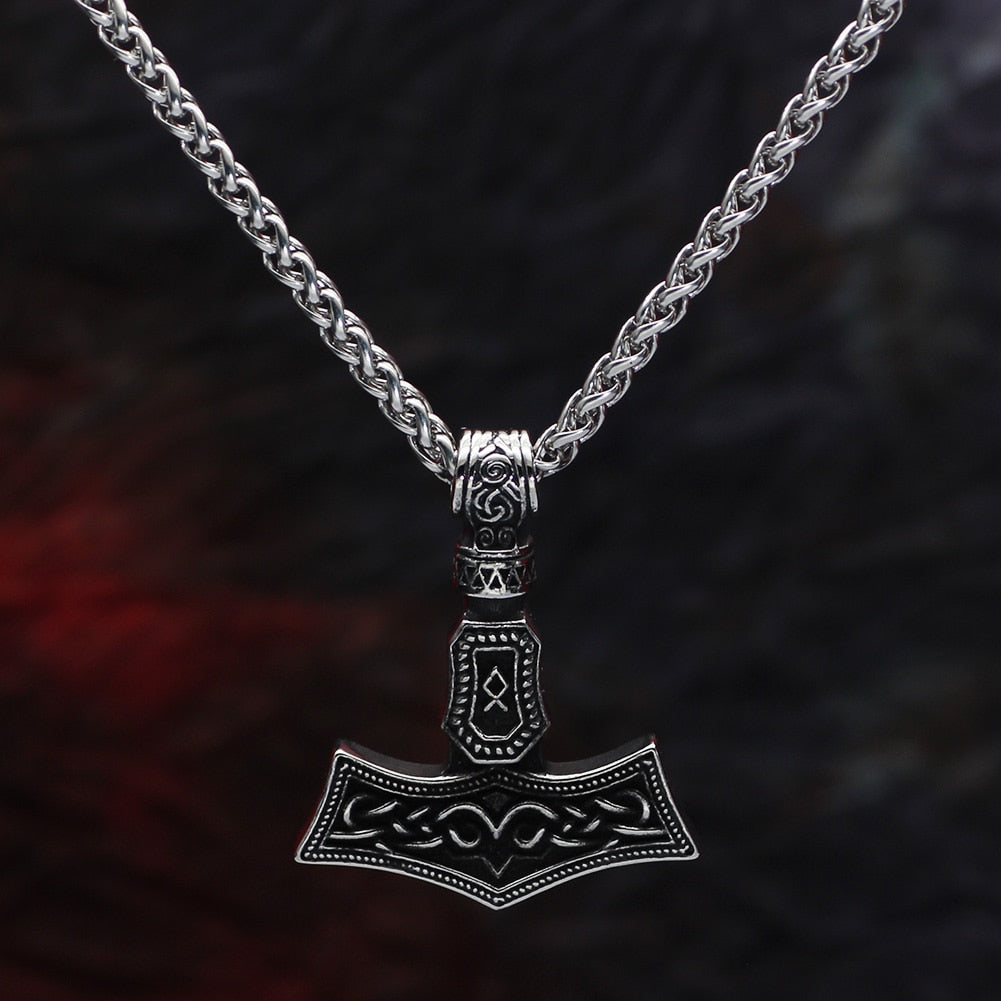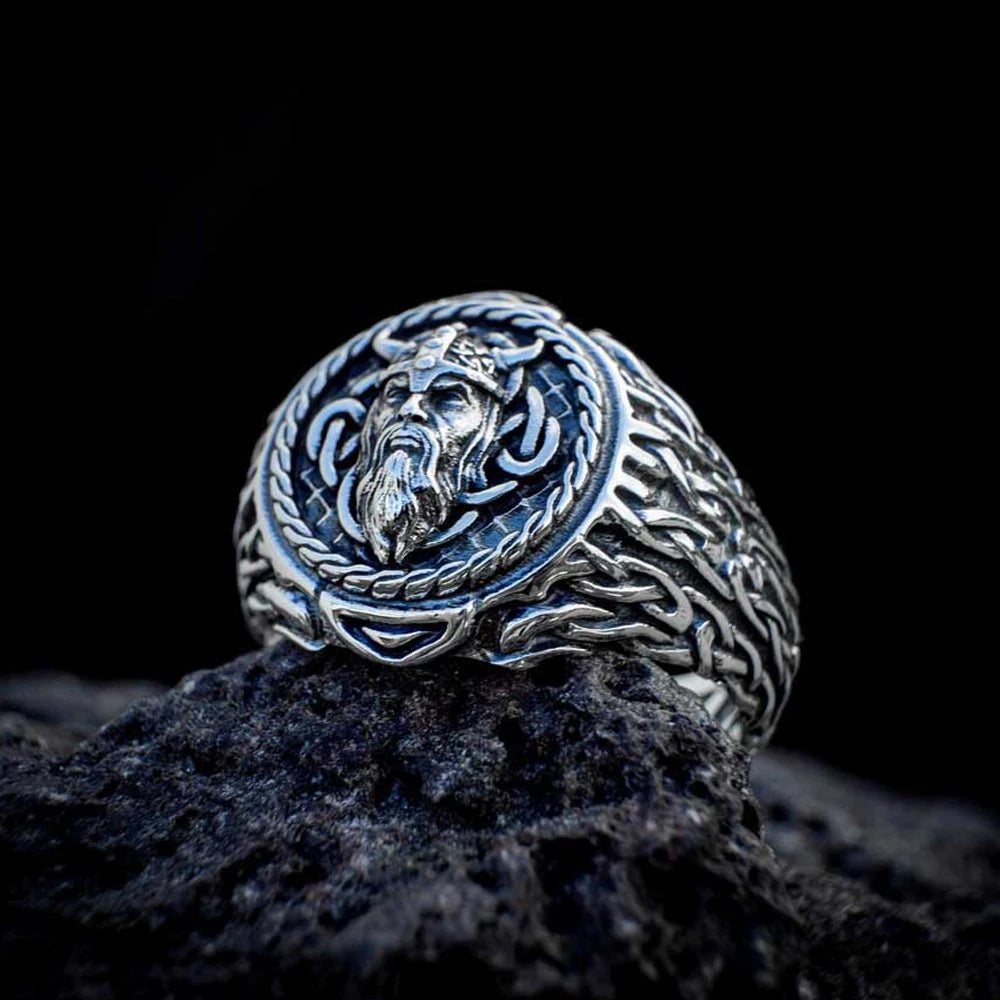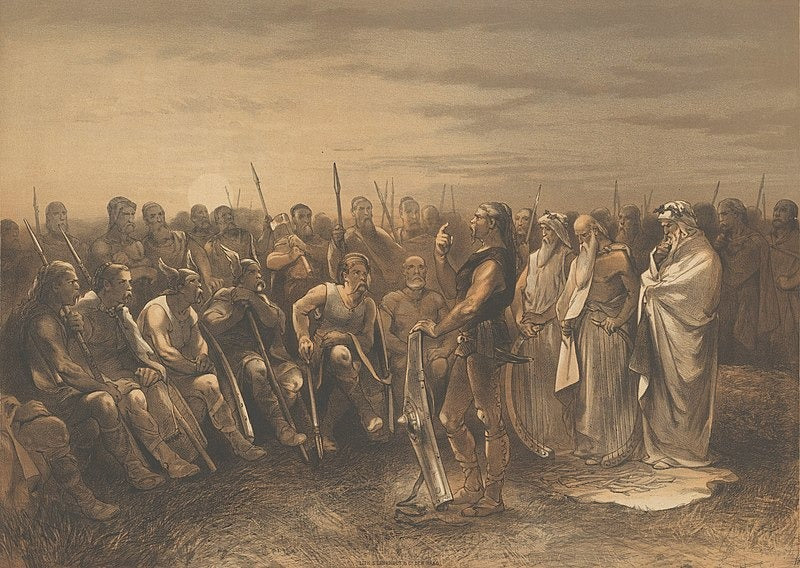
The Thing Assembly: Cornerstone of Germanic Democratic Governance
In the mists of early medieval Europe, a remarkable democratic institution flourished among Germanic peoples. The Thing (þing in Old Norse, ðing in Old English) assembly served as the fundamental unit of governance and law-making across Germanic territories, from Scandinavia to Iceland and beyond. These gatherings, which combined legislative, judicial, and social functions, represent one of history's earliest examples of participatory governance.
Historical Origins and Development

Germanic thing, drawn after the depiction in a relief of the Column of Marcus Aurelius in Rome (193 CE)
The Thing system emerged during the Migration Period (400-800 CE), though its roots likely extend deeper into Germanic antiquity. Archaeological evidence from assembly sites, particularly in Scandinavia, reveals specially prepared meeting grounds dating to the 3rd century CE. These locations, often marked by standing stones or situated on prominent hills, served as regular gathering places for free men to participate in communal decision-making.
Early Structure and Evolution
The earliest Thing assemblies gathered at regular intervals, typically coinciding with lunar cycles or seasonal changes. These meetings served multiple purposes: resolving disputes, establishing laws, and maintaining social cohesion among scattered communities. The system demonstrated remarkable adaptability, evolving from simple tribal gatherings into sophisticated legislative bodies that would influence medieval European governance.
Organization and Procedures

Þorgnýr the Lawspeaker asserting his authority before the King of Sweden at Gamla Uppsala in 1018. He compelled King Olof Skötkonung to make peace with King Olaf the Stout of Norway and to grant his daughter in marriage. (Illustration: C. Krogh)
Physical Setting
Thing assemblies typically convened in carefully chosen locations that held both practical and symbolic significance. These sites, known as Thing-steads, often featured natural amphitheaters or artificially constructed meeting grounds. Notable examples include the Thingvellir in Iceland and the Gulating in Norway.
Participation and Authority
The right to participate in Thing assemblies belonged to free men of the community, though the specific qualifications varied by region and era. Leadership typically fell to respected elders or chieftains, known as lawspeakers in some regions, who possessed deep knowledge of customary law and tradition.
Regional Variations

The Icelandic Althing in session, as imagined in the 1890s by British artist (Illustration: W. G. Collingwood).
Scandinavian Things
In Scandinavia, the Thing system developed into a hierarchical structure. Local Things handled community matters, while regional assemblies (fylkesting) and national assemblies (Althing in Iceland, Riksting in Denmark) addressed broader concerns. The Icelandic Althing, established in 930 CE, represents one of the best-documented examples of these institutions.
Continental Germanic Assemblies
Among continental Germanic peoples, assembly practices varied but maintained core democratic principles. The Frankish mallus and Saxon thing-system demonstrated how these institutions adapted to different social and political contexts while preserving their essential function as forums for community decision-making.
Judicial Functions
Thing assemblies served as courts of law, where disputes were settled and crimes adjudicated. The procedure followed established customs, with cases presented before the assembled freemen. Decisions required consensus rather than simple majority rule, reflecting the Germanic emphasis on community harmony.
Legal Procedures and Precedents
The Thing system developed sophisticated legal procedures, including the use of witnesses, oaths, and ordeal trials. Decisions made at Things became precedents, contributing to the development of customary law across Germanic territories.
Social and Cultural Impact
Beyond their governmental functions, Thing assemblies served as crucial social gatherings. These meetings facilitated trade, marriage arrangements, and the transmission of news and culture throughout the Germanic world. The assembly grounds often became permanent fixtures in the landscape, some remaining significant cultural sites to this day.
Legacy and Modern Relevance
The Thing system's influence extends into modern times. The term survives in modern Nordic languages, most notably in the names of parliaments: Folketinget (Denmark), Althingi (Iceland), and Storting (Norway). More significantly, the principles of public participation, consensus-building, and local governance that characterized Thing assemblies resonate in contemporary democratic institutions.
The Thing assembly system represents a sophisticated approach to governance that emerged organically from Germanic tribal society. Its emphasis on participation, consensus, and local authority established enduring principles that would influence the development of democratic institutions throughout European history. Understanding the Thing system provides valuable insights into both the capabilities of early medieval society and the deep roots of democratic governance.
Frequently Asked Questions (FAQs)
1. What was the primary purpose of Thing assemblies?
Thing assemblies served as forums for law-making, dispute resolution, and community decision-making among Germanic peoples.
2. Who could participate in Thing assemblies?
Generally, free men of the community could participate, though specific qualifications varied by region and time period.
3. How often did Thing assemblies meet?
Meeting frequency varied by region and assembly level, but typically followed regular intervals aligned with seasonal or lunar cycles.
4. What is the oldest known Thing assembly?
While the exact origin is unknown, archaeological evidence suggests Thing sites were in use by the 3rd century CE in Scandinavia.
5. Do any Thing assemblies still exist today?
While traditional Thing assemblies no longer operate, their legacy continues in modern Nordic parliaments and local governance systems.
References
Sanmark, A. (2017). Viking Law and Order: Places and Rituals of Assembly in the Medieval North
Barnwell, P. S. (2004). Assembly Places and Authority in Early Medieval Europe
Riisøy, A. I. (2013). Primitive Democracy: Assembly Sites in Early Medieval Scandinavia
Werner, K. F. (1980). Assembly Politics in Western Europe from the Eighth Century to the Twelfth
Byock, J. (2001). Viking Age Iceland

